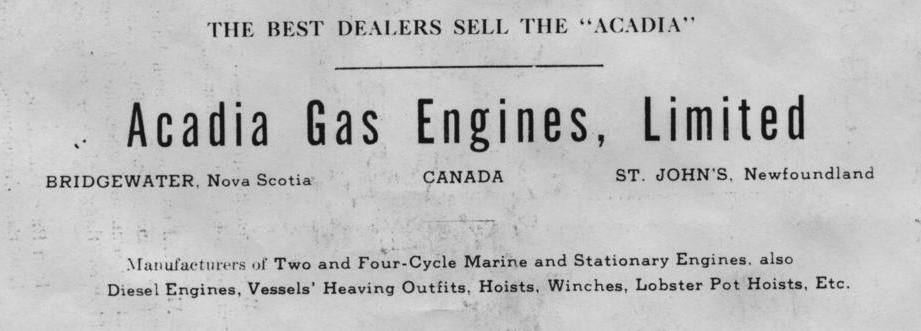

| Horse Power | Cooling System | Bore ins. | Stroke ins. | Dia. Crank Shaft ins. | Dia. Fly- wheel ins. | Pulley Diam. Face ins. | Floor Space ins. | Skid Dimen. ins. | Base Dimen. ins. | Speed R.P.M. | Net Wgt. |
|---|---|---|---|---|---|---|---|---|---|---|---|
| 2 | Air Cooled | 3-3/4 | 5 | 1-3/8 | 18 | 6 x 4 | 24 x 46 | 12 x 46 | 11 x 26 | 450 | 310 |
| 2 | Hopper Cooled | 3-3/4 | 5 | 1-3/8 | 18 | 6 x 4 | 24 x 46 | 12 x 46 | 11 x 26 | 450 | 330 |
| 3 | Hopper Cooled | 4-1/4 | 6 | 1-5/8 | 23 | 8 x 5 | 31 x 55 | 13 x 55 | 12-1/2 x 28 | 425 | 550 |
| 4 | Hopper Cooled | 4-1/2 | 7 | 1-5/8 | 23 | 10 x 6 | 31 x 55 | 13 x 55 | 12-1/2 x 28 | 425 | 570 |
| 6 | Hopper Cooled | 5 | 8 | 1-3/4 | 27 | 12 x 6 | 32 x 64 | 15 x 64 | 14 x 41 | 375 | 800 |
| 10 | Hopper Cooled | 6 | 10 | 2-1/4 | 36 | 18 x 8 | 39 x 76 | 20 x 76 | 17-1/2 x 51 | 300 | 1550 |
| 15-20 | Hopper Cooled | 8 | 13 | 2-3/4 | 48 | 24 x 8 | 46 x 89 | 26 x 89 | 23 x 66 | 250 | 3000 |

He said that my engine was identical in every way to those sold as 10 HP. A properly tuned engine delivered about 12 HP and at one time they had sold that engine as a 7-1/2 HP, feeling thet they were "giving good measure" and that the performance of the engine would thus always exceed expectations. But eventually competitors began to sell similar engines or even the same engine as a knockoff of the Acadia design. Those competitors were advertising their engines as 10 HP. As a result, Acadia felt obliged to begin designating their engines as 10 HP too, lest they be seen as selling an inferior product.
He wasn't able to give me an exact date but said that an engine with 7-1/2 HP designation would be one of the older ones, probably dating from the 1930s.